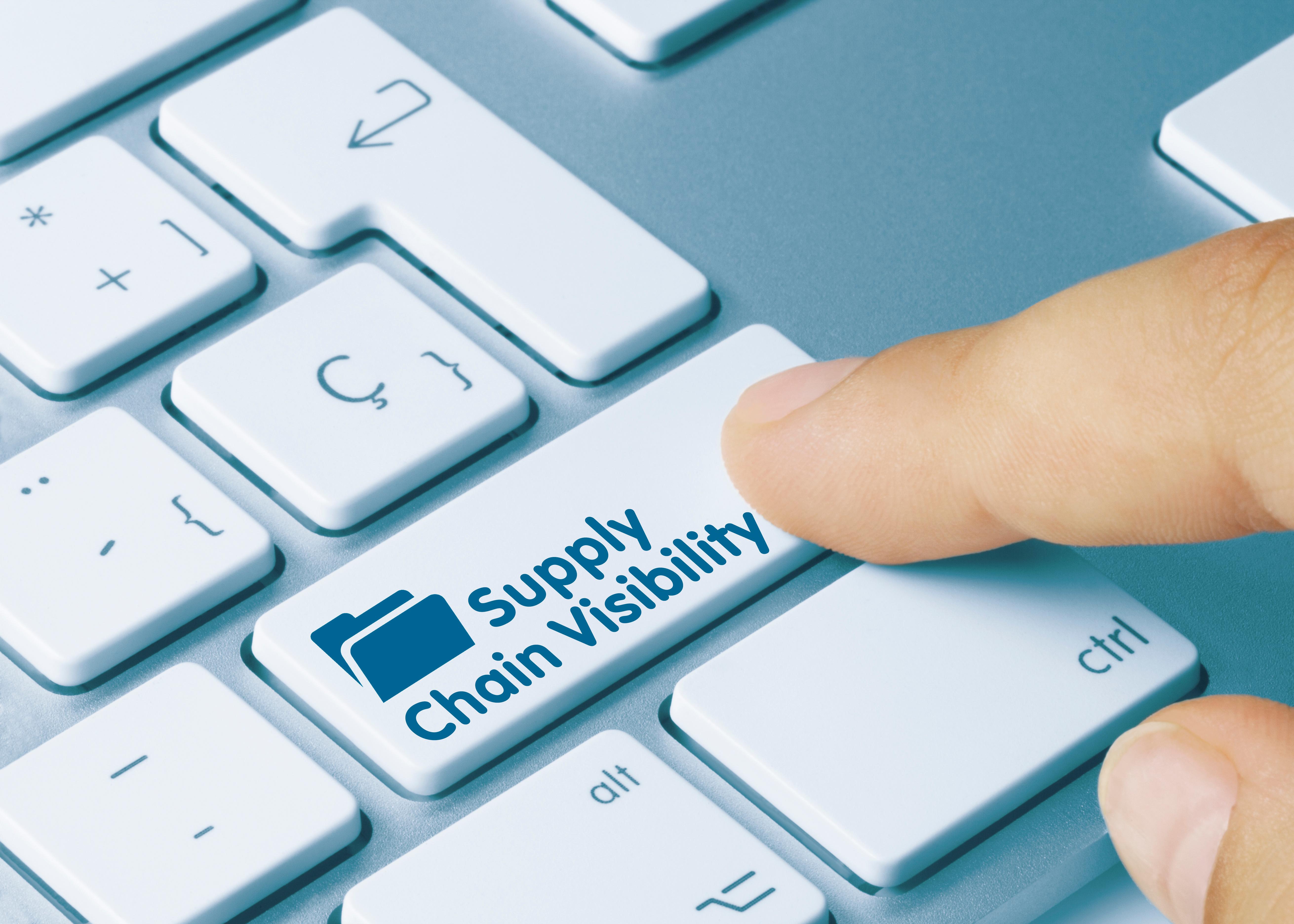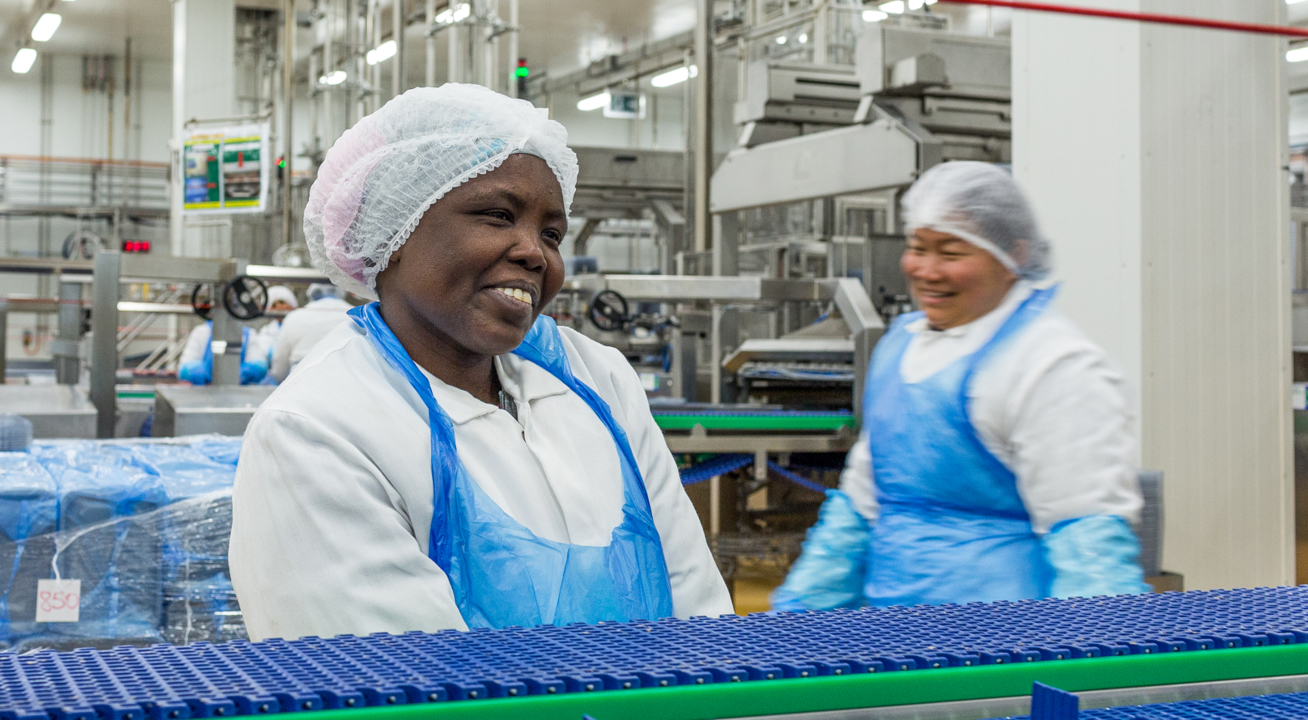Rethinking Food Industry Procurement
In a competitive market that is often subject to change, food industry professionals need to make proactive improvements to their procurement strategies to stay ahead of the curve. In this guide, we’ll be summarising how a shift to ‘strategic sourcing’ can help build more efficient and cost-effective supply chains by utilising data-driven procurement.
How do we define food procurement these days?
The simple definition of procurement may seem the same as it always has been: purchasing goods and services. However, over recent years this definition has evolved to incorporate a range of factors as part of a holistic approach to supply chain management. These go beyond traditional factors such as cost, quality and reliability to include geopolitical and environmental issues that can affect supply chain quality and reliability.
In addition, we should consider how the food procurement process has changed in recent years. What was previously a time-consuming, manual process has become one in which those who can leverage automation and data-driven insights gain a competitive edge.
With these points in mind, we can expand on the original definition of food procurement and summarise it as the following: the process of leveraging data and technology to select suppliers and purchase goods for optimal pricing, quality and reliability while limiting risk.
The role of strategic sourcing
Back in 2017, McKinsey highlighted falling profits for food companies stemming from increased competition and price and currency volatility. Since then, the market has become increasingly saturated. Consumers are showing increased price sensitivity on the back of rising food prices, while new trends and dietary preferences add a further layer of complexity to the business environment.
Strategic sourcing focuses on the processes and data behind purchasing decisions to identify and select suppliers who can provide goods or services that meet your company's needs, at the best possible price – as opposed to the actual negotiation and purchasing processes. When done correctly, strategic sourcing can help build more resilient supply chains that save money, improve quality, and increase procurement efficiency.
The impact of technology
Platforms that leverage big data are essential tools in procurement. When utilised properly, they can reduce costs and provide access to aggregated performance histories for improved buying and negotiating power. Technology enables food industry companies to join forces and gain greater leverage. They can perform more detailed analyses of the provenance of products as well as market forecasts that guide decision-making. Finally, technology assists food procurement professionals to optimise inventory by forecasting market demand.
Implementing strategic sourcing in food procurement: 5 key tips
1. Know your business
The first and most crucial step of strategic sourcing is to look within your business and gain an understanding of every spend category across the organisation. By analysing this information, you can determine what’s working, what’s not, and where new efficiencies can be created to boost your bottom line. This process involves benchmarking your current procurement processes based on their efficiency, cost-effectiveness and any pain points. At the same time, analyse the vendors in your supply chain in terms of compliance, risk and performance. You can then identify where and how cost efficiencies can be realised.
2. Track market conditions
Now that you have more insight into where and how improvements can be made, it’s time to gain a deeper understanding of the market conditions. This will help determine the macro factors that may be impacting your business’s bottom line. Your analysis may reveal upcoming challenges that will disrupt supply or increase prices, but can equally reveal opportunities to capitalise on, such as lower commodity prices.
As market conditions are ever-changing, it's crucial to conduct ongoing monitoring of the political, economic, social, environmental, and legal landscape to pre-empt any impactful changes. By analysing potential links between market factors, your business can improve risk management and build a more resilient supply chain.
While macro-factors provide insights, it’s also beneficial to drill down to micro-factors like the farms from which ingredients are sourced. Farm production and logistics costs have a deciding influence on overall costs - and with quality and consistency also being important issues, it will be important to correlate data across the criteria that matter to your business.
3. Optimise your product offering
When making changes to any product specifications, ensure that there’s no compromise on any brand promises or key consumer expectations. This is especially important for food businesses, where changes to product specifications must be carefully considered so they do not introduce any additional allergens or dietary irritants that may cause concern for consumers.
However, once you have analysed your business spend and are tracking market conditions, you can start to build a clearer picture of which products or ingredients may be costly or difficult to source in the future, regardless of your supplier choice. By strategically adjusting your product specifications to replace high-risk or costly ingredients with suitable alternatives, your business can deliver lower costs whilst still delivering on key customer requirements.
If your business uses an ingredient with particularly volatile pricing, it may be worthwhile developing alternative product recipes and labelling that can be used in line with changing market prices. This would ensure that your business is sourcing the most cost-effective ingredients at any given time.
Although developing new product labels can be costly, this can be offset against reduced food procurement costs. When food procurement challenges are significant, flexibility can ensure that your business is well-positioned to respond to market changes and avoid costly supply chain disruptions.
In addition, examining consumer trends will align your procurement strategy with customer demand for enhanced profits. For example, the rise of veganism can lead to reduced costs and increased sales when ingredient substitution is implemented. As long as the average consumer’s experience of your product remains unchanged despite recipe adaptations, you can capitalise on demand from an additional market segment while simultaneously implementing cost reductions.
4. Develop your supply base
Another key element of strategic sourcing is developing a reliable and diversified supply base. Start by evaluating your current suppliers. This will be made easier by consolidating all supplier information into a single supplier management system. By doing this, procurement teams can manage supplier relationships centrally and quickly evaluate compliance, risk, and past performance in tandem with pricing data to select the most reliable and cost-efficient core suppliers.
Having the ability to analyse supplier cost structures can also benefit negotiations. For example, intermediaries may be sourcing materials far more cheaply than you expected, adding markups that allow for negotiation - or a move to a different intermediary with more competitive pricing and similar sources.
At the same time, cost may not be your only consideration. As consumers and the food industry become increasingly concerned with sustainability, this exercise also presents a great opportunity to ensure you are working with the most sustainable suppliers. By using analytics tools to produce supplier sustainability ranking reports, your business can easily identify the most suitable suppliers in line with your key sustainability goals.
Due to volatile market conditions, it’s important to identify contingency suppliers through the supply chain mapping process. This will allow your business to diversify its supply base to increase resilience against supply chain disruptions or increased costs that could potentially impact business profits.
Requesting bids from multiple suppliers at once can streamline the negotiation process and will allow you to compare prices. Ensuring that you are getting the best deal for your required quantity and helping you to identify which suppliers to engage in further negotiations with. Once you have negotiated a stable price, it might be worth considering a long-term contract with the supplier to avoid price fluctuations. Additionally, by looking out for bulk buying opportunities you can benefit from economies of scale, driving unit prices down further. This is where fostering strong supplier relationships becomes beneficial as it could help to secure exclusive pricing or order terms.
5. Working with speed
The only constant in the food industry is change. The procurement function is extremely complex with many moving parts. Therefore, businesses must move fast when developing strategic sourcing strategies to ensure they are working off the latest data. With careful planning and fast action, your business can improve supply chain efficiency so you get the best deals to boost your bottom line.
Smart analytical reports can help expedite the strategic sourcing process, allowing businesses to forecast future demand and sourcing opportunities in real time. This may allow you to benefit from discounts to cover shortfalls and mitigate disruptions.
The future of procurement in the food industry
Although leveraging technology for procurement in the food industry is nothing new, businesses that are willing and able to utilise it for dynamic food procurement will have a competitive edge. In a fast-moving and ever-changing business environment, the ability to monitor developments and adapt accordingly has become a vital element in food procurement.
The future of procurement in the food industry
Cost savings for more competitive pricing and better profits matter in any business. Input costs offer fruitful ground for negotiation with suppliers - provided you know the market and can negotiate from an informed perspective.
Ingredient substitution should not be ruled out. Apart from saving costs, it may align with consumer trends. At the same time, it’s vital to meet consumer expectations regarding product quality and, even when it costs more, sustainable sourcing is beneficial both in terms of ethics and modern consumer expectations.
Access to accurate market and supply chain intelligence will help you to make decisions that benefit your business. Since your goals will be unique to your business and its customer base, adaptable technologies that meet your supply chain analysis needs will be valuable. Foods Connected offers both packaged and bespoke food procurement solutions. Use our supply chain management software to develop optimal supply chain strategies and contingency plans.
Natalie Thorpe
A graduate of Letterkenny Institute of Technology, Natalie studied Visual Communication and Graphic Design. When she's not creating up new designs for company materials and branding, writing, compiling marketing plans or implementing new UX strategies, you'll find her roaming a deserted beach in search of her disappearing dog, or soaking up different cultures on her globetrotting adventures!
Stay up to date
Stay up to date
Browse Posts
- December 2025
- November 2025
- October 2025
- September 2025
- August 2025
- July 2025
- June 2025
- May 2025
- April 2025
- March 2025
- February 2025
- January 2025
- December 2024
- November 2024
- October 2024
- September 2024
- August 2024
- July 2024
- June 2024
- May 2024
- April 2024
- March 2024
- February 2024
- January 2024
- December 2023
- November 2023
- October 2023
- September 2023
- August 2023
- July 2023
- June 2023
- May 2023
- April 2023
- March 2023
- December 2022
- November 2022
- October 2022
- September 2022
- August 2022
- July 2022
- June 2022
- May 2022
- April 2022
- March 2022
- February 2022
- January 2022
- December 2021
- November 2021
- October 2021
- August 2021
/Blog%20Headers/shutterstock_1794185881.jpg)
/Blog%20Headers/shutterstock_1927957907%20(1).jpg)
/Blog%20Headers/shutterstock_1845178195%20(2).jpg)
/Blog%20Headers/shutterstock_2473376713.jpg)
/Blog%20Headers/shutterstock_2133827717%20(1).jpg)
/Blog%20Headers/shutterstock_2247276303.jpg)
.png)
.png)



/Blog%20Headers/New%20Calorie%20Labelling%20Regulations%20in%20England%20What%20Will%20it%20Mean%20for%20your%20Business.jpg)

/Blog%20Headers/Duncan%20Spencer%20Brown.png)

/Blog%20Headers/Whitbread%20CS%20Blog%20Header.jpg)
/Blog%20Headers/Blog%20header_Supply%20Chain%20Resilience%20Series_Navigating%20trade%20tensions.jpg)
.jpeg)

.jpg)
.png)